Verb ‘To Be’: Is, Am, Are, Was, Were, Has, Have and Had
This syllabus is for teaching third-grade students how to use and apply the words correctly: is, am, are, was, were, has, have, and had. All these words have a specific application in life when talking about present, past action, or action related to owning something. These will be presented in an amusing and uncomplicated way.
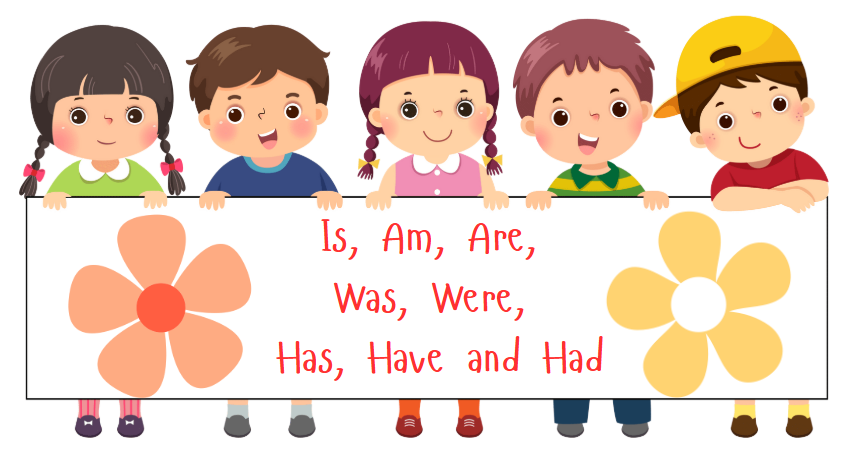
"Is", "Am," and "Are"
"Is" - The Super Helper for Singular Things
What's "is"?
"Is" is like a super helper in your language world, assisting in the conversation about
something or a person in the present!
Examples
"The dog is sleeping." ONE DOG
"She is happy!" ONE PERSON
Work It!
Match pictures to the sentence-for example
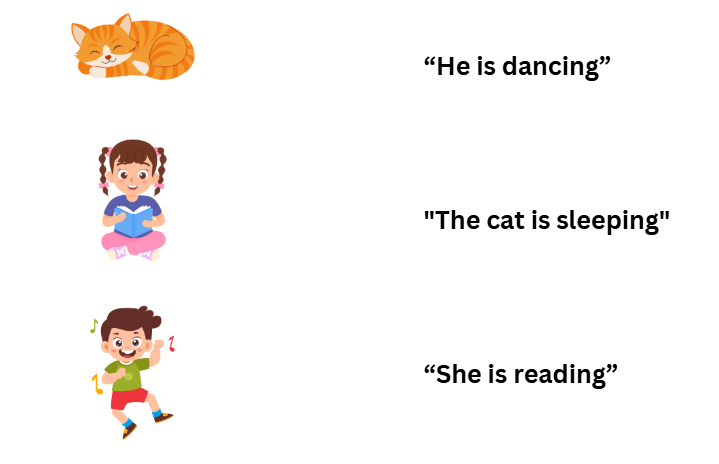
"Am"-The Friend of "I"
What is "am"?
"Am" is always friendly to "I." When you have an "I," you surely must have a follow-up
phrase that has the word "am." Here are your examples:
"I am eating pizza."
"I am learning English."
Workings:
Sentences: Try finishing these types of sentences such as,
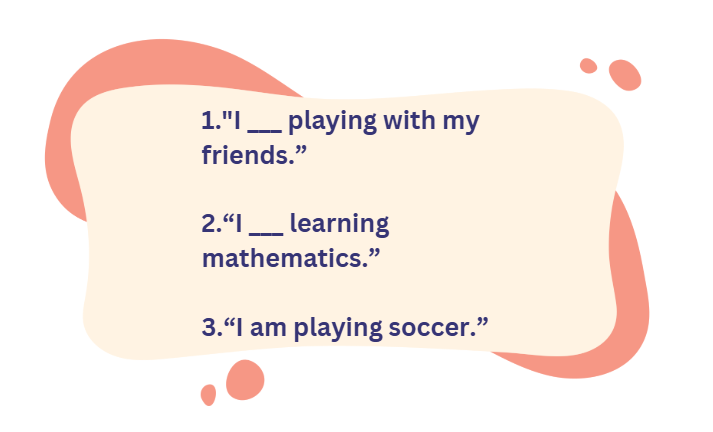
"Are" - The Team Player for Plural Things
What's "are"?
"Are" is a very good team player! It really comes in handy when you speak of two or
more things, or people
Examples
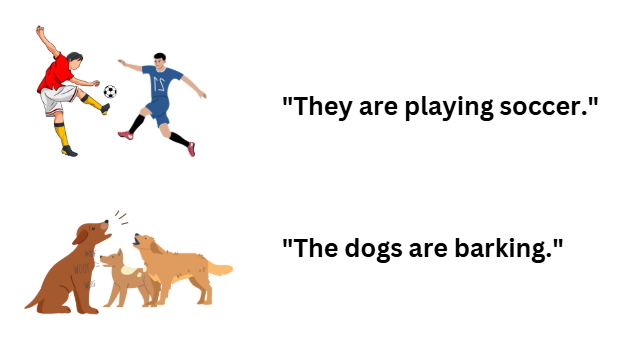
Worksheets
Group Games : Students will use "are" to create their own sentences based on groups
of people or things.
-
____________________________________
-
____________________________________
-
____________________________________
"Was" and "Were" - Time Travel to the Past!
let’s learn when to use "was" and "were to talk about the past. "
"Was" – The Singular Past Helper
What's "was".
"Was is a time traveling word which assist us to describe how one person/thing
felt as if he is in the past!
Examples:
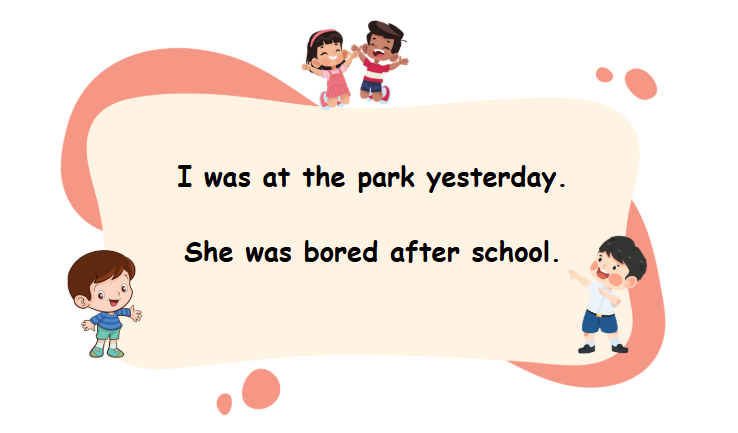
Past Tense Fun: Students will complete sentences about what they did yesterday, like "I ___ at home." (was)
1.____________________________________________________
2.____________________________________________________
3.____________________________________________________
"Were" – The Team Player of the Past
What's "were"?
"Were" comes in handy when there are two or more persons or things. It's like the past
form of "are!"
Examples:
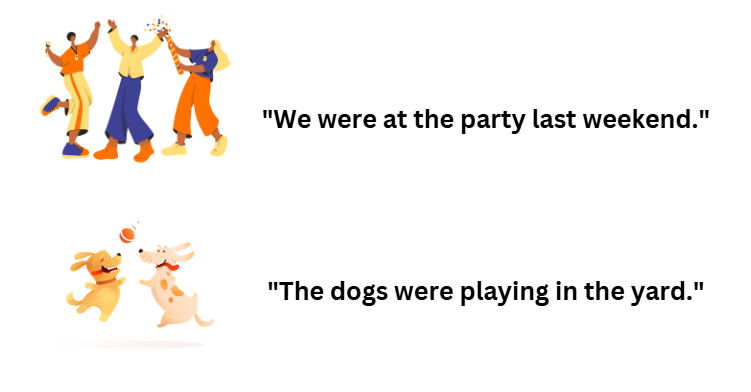
Past Group Fun: Students will do create sentences as "They ___ at the beach." (were)
-
____________________________________________
-
____________________________________________
-
____________________________________________
Story Time: Have students create a fun story using the word "were."
"Has," "Have," and "Had" – Speaking About Possession and What Has Happened
Goal:
The student will learn to use has, have, and had in relation to speaking about
possession or something one possesses as well as talking about past experiences..
"Has" – The Singular Owner
What is "has"?
"Has" is almost like a mini-boss. It's as if "has" says someone or something possesses it
or did it.
Examples:
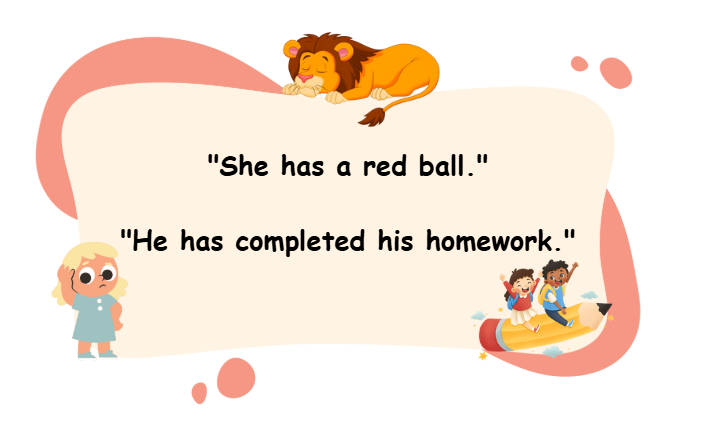
Activities:
Ownership Fun: Fill in complete sentences like "He ___ a new toy." (has)
-
_____________________________________________
-
_____________________________________________
-
_____________________________________________
Have" – The Plural Owner
What is "have"?
Use "have" when there is more than one person or thing that owns something or experiences something.
Examples:
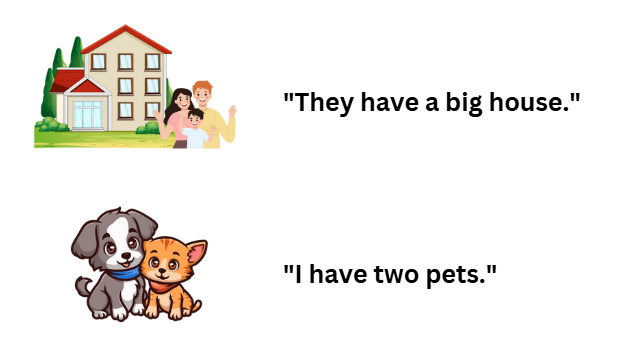
Activities
Fill in the Blanks: "We ___ a lot of homework today." (have)
Group Game: Use "have" in making sentences regarding a group of persons or things.
"Had" - The Past Possessor
What is "had"?
Used in speaking about some sort of possession held or activity undergone by someone
some time ago; it's another time machine!!
Examples:
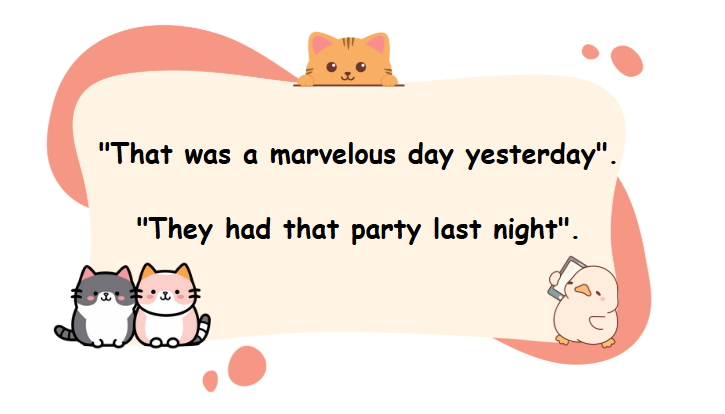
Activities:
Past Possession: Now, students work on sentences. For example "I ___a book in my
backpack." (had)
-
____________________________________________
-
____________________________________________
-
____________________________________________
Story time: Write some short story by the class: what they'd done over the weekend.
Summary: Learning "Is, Am, Are, Was, Were, Has, Have, Had"
-
"Is" is used for one person or thing in the present.
Example: The cat is sleeping. -
"Am" is always used with I in the present.
Example: I am reading. -
"Are" is for more than one person or thing in the present.
Example: They are playing. -
"Was" is for one person or thing in the past.
Example: She was tired yesterday. -
"Were" is for more than one person or thing in the past.
Example: We were at the park. -
"Has" means one person or thing owns something now.
Example: He has a toy. -
"Have" is used when many people or things own something now.
Example: They have books. -
"Had" means someone owned or did something in the past.
Example: I had a cold last week.
CBSE Schools In Popular Cities
- CBSE Schools in Bangalore
- CBSE Schools in Mumbai
- CBSE Schools in Pune
- CBSE Schools in Hyderabad
- CBSE Schools in Chennai
- CBSE Schools in Gurgaon
- CBSE Schools in Kolkata
- CBSE Schools in Indore
- CBSE Schools in Sonipat
- CBSE Schools in Delhi
- CBSE Schools in Rohtak
- CBSE Schools in Bhopal
- CBSE Schools in Aurangabad
- CBSE Schools in Jabalpur
- CBSE Schools in Jaipur
- CBSE Schools in Jodhpur
- CBSE Schools in Nagpur
- CBSE Schools in Ahmednagar
- CBSE School In Tumkur











